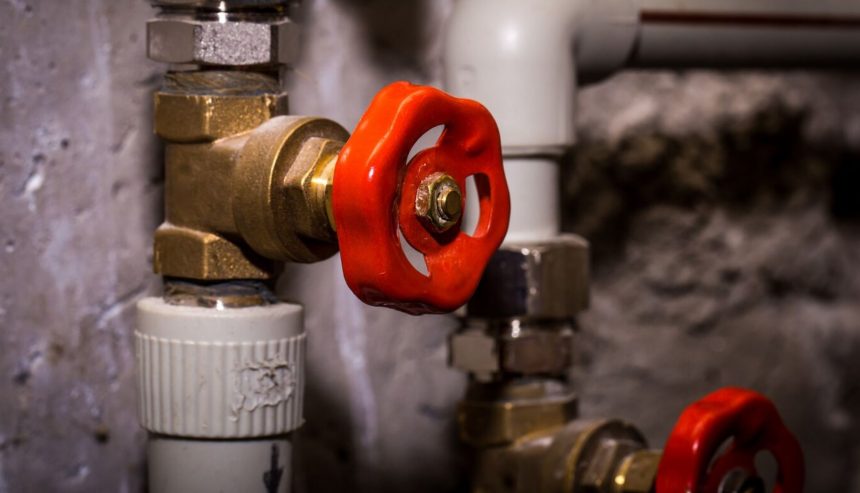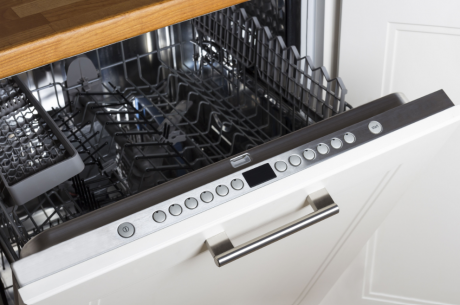Table of Contents
As a homeowner, knowing how to locate and operate your main water shutoff valve is one of the most important skills you can have. Whether you’re dealing with a burst pipe, a major leak, or planning a plumbing project, being able to quickly turn off your home’s water supply can save you from costly damage and stress. Yet, surprisingly, many people don’t know where their main water shutoff valve is located or how to use it.
In this blog post, we’ll walk you through the steps to find your main water shutoff valve and provide tips to ensure you’re prepared for any water-related emergency.
Why Knowing Your Main Water Shutoff Valve Matters
Before we dive into the “how,” let’s talk about the “why.” Your main water shutoff valve controls the flow of water into your entire home. If a pipe bursts or a fixture malfunctions, turning off this valve stops the water supply, preventing further damage. Without this knowledge, you could waste precious time searching for the valve while water wreaks havoc on your floors, walls, and belongings.
In some cases, water damage can lead to mold growth, structural issues, and expensive repairs. Simply put, knowing where your main shutoff valve is and how to use it can save you thousands of dollars and a lot of headaches.
Steps on How to Find Your Main Water Shutoff Valve
Step 1: Start at the Water Meter
The main water shutoff valve is typically located near your water meter, so this is the best place to start your search. Here’s how to find it:
For Homes with a Basement or Crawl Space: If your home has a basement or crawl space, the shutoff valve is often found there. Look for the valve near the front wall of your house, as the water line usually enters through the foundation at this point. The valve is often within a few feet of the water meter.
For Homes on a Slab Foundation: If your home doesn’t have a basement or crawl space, the shutoff valve may be located in a utility area, such as a garage, laundry room, or near the water heater. In some cases, it might be outside the house, near the water meter.
For Apartments or Condos: If you live in an apartment or condo, the shutoff valve may be located in a utility closet or near your water heater. Check with your building manager or maintenance team if you’re unsure.
Step 2: Look for the Valve
Once you’ve identified the general area, it’s time to locate the valve itself. The main shutoff valve is typically a round or lever-style handle. Here’s what to look for:
Round Handle: This type of valve is often referred to as a gate valve. To turn it off, you’ll need to rotate the handle clockwise until it stops. Be careful not to force it, as older valves can become stuck or break.
Lever Handle: This is a ball valve, which is more common in newer homes. To turn it off, simply move the lever so it’s perpendicular to the pipe.
If you’re having trouble finding the valve, look for a pipe coming up from the ground or through the wall. The shutoff valve is usually installed on this pipe.
Step 3: Check Outside Your Home
In some cases, the main shutoff valve may be located outside your home. This is especially common in warmer climates where freezing isn’t a concern. Here’s where to look:
Near the Water Meter: The shutoff valve is often located next to the water meter, which is typically housed in a concrete or plastic box in the ground. Use a screwdriver or a special water meter key to open the lid and access the valve.
Curb Box: In some homes, the shutoff valve is located in a curb box near the street. This is more common in older homes. If you can’t find the valve inside your home, check near the property line.
Step 4: Label the Valve
Once you’ve located the main shutoff valve, take a moment to label it. Use a tag or a piece of tape to mark it as the “Main Water Shutoff.” This will make it easier to find in an emergency, especially if you have multiple valves in the same area.
Step 5: Test the Valve
It’s a good idea to test the valve periodically to ensure it’s working properly. Turn the valve off and then back on to make sure it operates smoothly. If the valve is stuck or difficult to turn, consider having it replaced by a professional plumber. A malfunctioning shutoff valve is almost worse than not having one at all.
Bonus Tips for Homeowners
Know Your Local Shutoff: In some cases, the water company may have a shutoff valve at the street. While this isn’t your responsibility, it’s good to know where it is in case of an emergency.
Teach Your Family: Make sure everyone in your household knows where the main shutoff valve is and how to use it. This ensures that someone can act quickly, even if you’re not home.
Keep Tools Handy: If your shutoff valve requires a special tool, such as a water meter key, keep it in a designated spot near the valve.
Final Thoughts
Finding and understanding your main water shutoff valve is a simple yet crucial task for every homeowner. By taking the time to locate and test the valve, you’ll be prepared to handle any plumbing emergency with confidence. Remember, a little preparation goes a long way in protecting your home and your peace of mind. So, grab a flashlight, head to your basement or utility room, and make sure you know where your main water shutoff valve is today!
Contact Us for Immediate Water Damage Cleanup Help on (207) 531-1200
Don’t let water damage disrupt your life. If you’re dealing with a water damage emergency in Bailey Island, Maine, contact PuroClean of Auburn today. We’re ready to help you restore your home and peace of mind. Call us at (207) 531-1200 or visit our website to learn more about our services.




 PuroClean of Auburn
PuroClean of Auburn